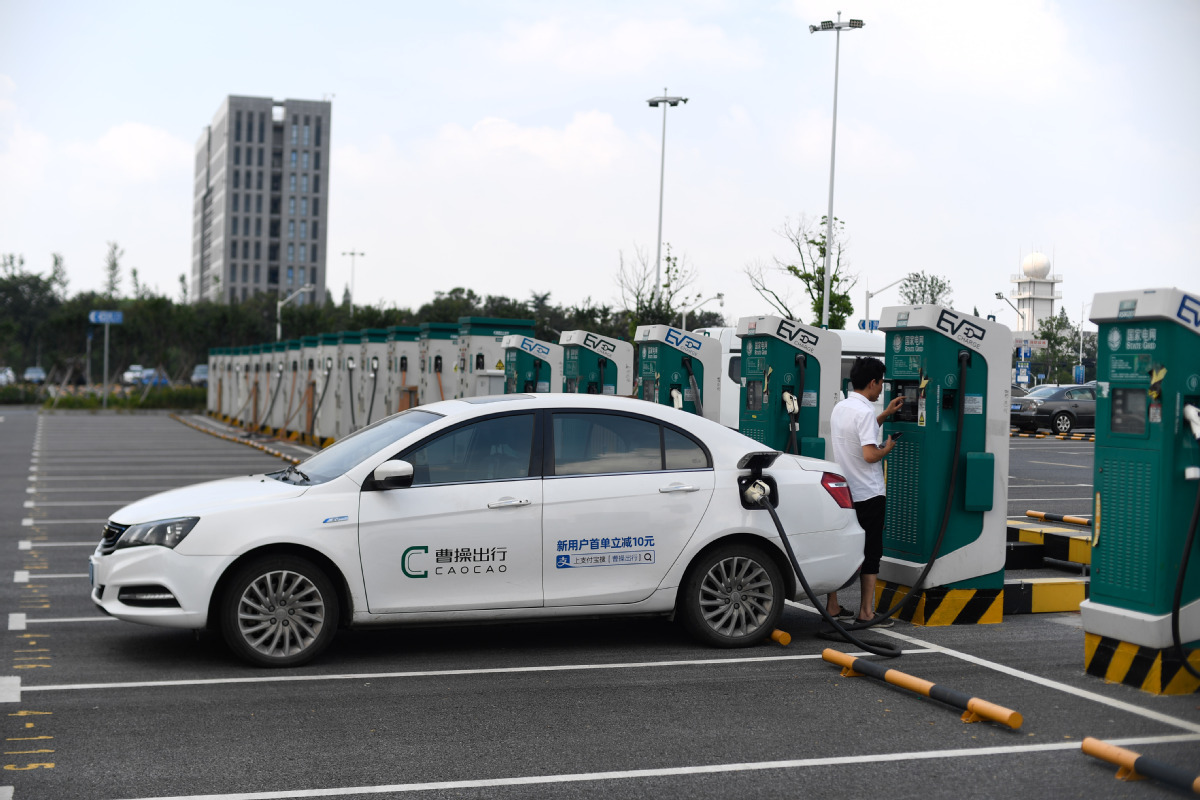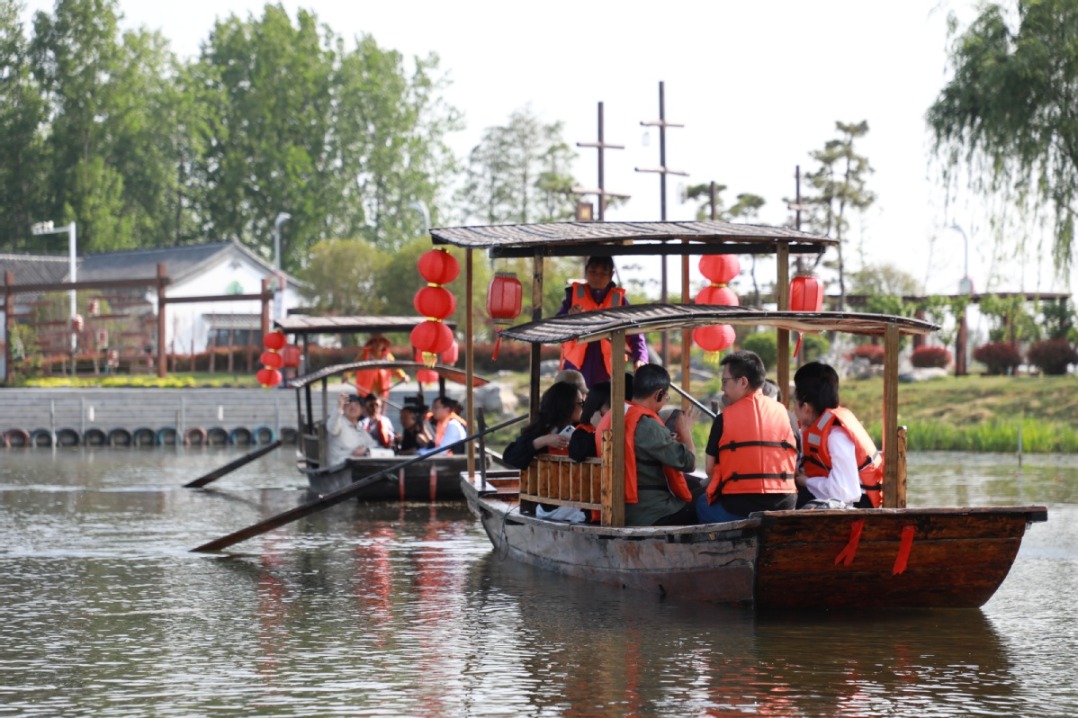Transport sector to be powered by low-carbon electricity in a decade


China aims to establish a modern energy system for its transport sector by 2035, focusing on clean, low-carbon energy consumption, technological innovation, and green, efficient practices, the Ministry of Transport said on Friday.
According to a guideline released on the same day, electric vehicles will become the mainstay of new vehicle sales, and the large-scale application of new energy heavy-duty trucks will be promoted. A nationwide green fuel supply system for transport is also expected to be in place by 2035.
The guideline, jointly issued by the Ministry of Transport, the National Development and Reform Commission, and eight other government departments, aims to promote the deep integration of the transportation and energy sectors.
It said that by 2027, a coordinated development mechanism across multiple departments will be essentially formed. The proportion of electricity use in the transport sector is targeted to reach 10 percent, while the installed capacity of non-fossil energy power generation along major transport infrastructure will exceed 5 million kilowatts. The production capacity of green fuels for the transport sector will also be significantly enhanced.
The guideline outlines key tasks across several areas, including transport infrastructure, equipment, fuel supply, industrial development and resource allocation. It calls for strengthened coordination in the planning of transport and energy infrastructure and encourages the integrated construction of such systems. Clean energy development tailored to local conditions will be promoted for railways, highways, ports, waterways and transport hubs.
The guideline calls for the accelerated deployment of new and clean energy transport equipment, phasing out high energy-consuming and high-emission vehicles, locomotives and vessels. It also promotes the application of new energy aircraft and the green transformation of postal and express delivery services.
The ministry said it will work with relevant departments to develop action plans, and that efforts will be made to enhance guidance and supervision of key integration tasks, strengthen evaluation and performance tracking, and to launch pilot projects to explore innovative models.
These measures aim to comprehensively advance the integration of transport and energy, contributing to China's broader goals of peaking carbon emissions before 2030 and achieving carbon neutrality before 2060.
- New patch may reduce skin damage
- Transport sector to be powered by low-carbon electricity in a decade
- Inner Mongolia puts grazing on hold for 45 days so green shoots can grow
- Henan's peonies bring out poetry in nation's culture
- Team fuses puppetry with digital media
- Growing number of Chinese students choosing Ireland for higher education




































